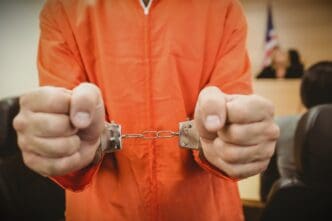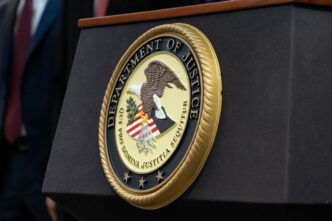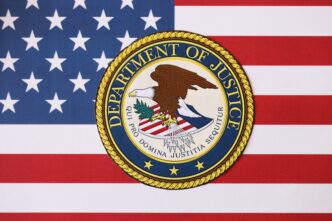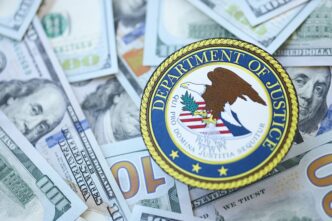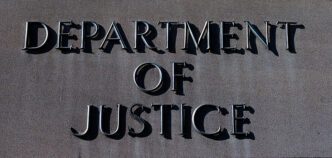The U.S. Army is set to conduct its annual prescribed burn at the Schofield Barracks training range complex in Hawaii, beginning Sunday. This operation aims to manage invasive and highly flammable Guinea grass and other vegetation, which can serve as significant fuel sources for potential wildfires. The burn is scheduled to conclude on April 19 and is strategically timed as Hawaii’s rainy season winds down, preparing the area for the drier months ahead.
The initiative is part of U.S. Army Garrison Hawaii’s comprehensive natural resource management program. Prescribed burns are recognized as a safe and effective method to control invasive vegetation, thereby helping to mitigate the risk of uncontrolled wildfires. Such fires pose a threat to the area’s native flora and fauna, with over 30 endangered plant and animal species inhabiting the range and its surroundings.
The Army is collaborating with the U.S. Fish and Wildlife Service and the state Department of Health to ensure the burn is conducted responsibly. The operation will involve a coordinated team including firefighters, aviators, engineers, safety officers, and law enforcement, all working together to execute the burn safely. Careful monitoring of environmental conditions such as humidity, wind, and the concentration of natural fuels will be prioritized to minimize smoke and ash impact on nearby communities.
To further ensure safety, the Army plans to use smoke modeling software to assess smoke production and make necessary adjustments in real-time. The prescribed burns will be conducted during daylight hours, with Army firefighters maintaining an overnight presence to oversee the area. The Federal Fire Department will also be on standby to provide additional support.
The Bottom Line
This prescribed burn is crucial for maintaining the ecological balance and safety of the Schofield Barracks area. By managing invasive plant species, the Army not only reduces the risk of large-scale wildfires but also helps preserve the natural environment that supports numerous endangered species. The operation underscores the balance between environmental conservation and the military’s training needs.
For the local community, the controlled burn represents a proactive approach to wildfire prevention, which is particularly significant given the devastating fires experienced in recent years. The Army’s commitment to monitoring and minimizing smoke impact highlights its effort to be a responsible and considerate neighbor. As Hawaii approaches its dry season, such measures are vital for community safety and environmental health.

